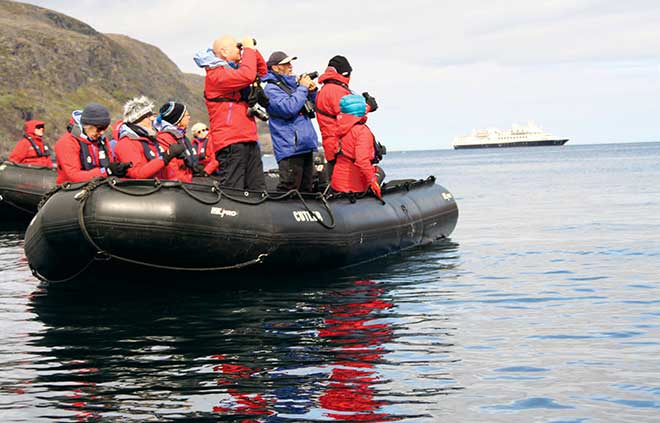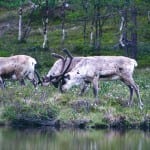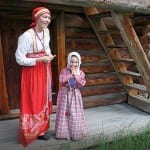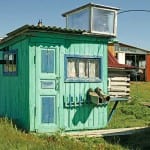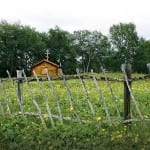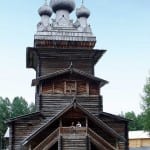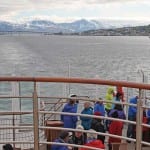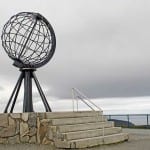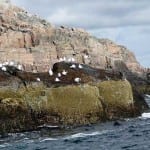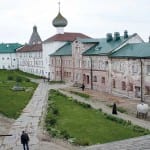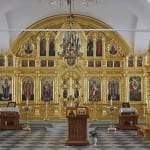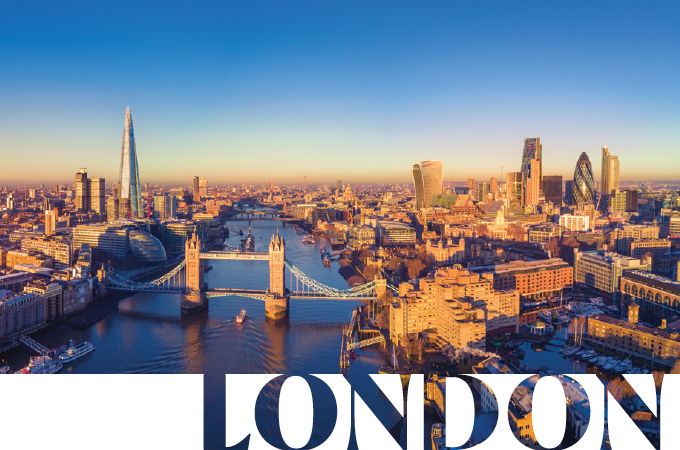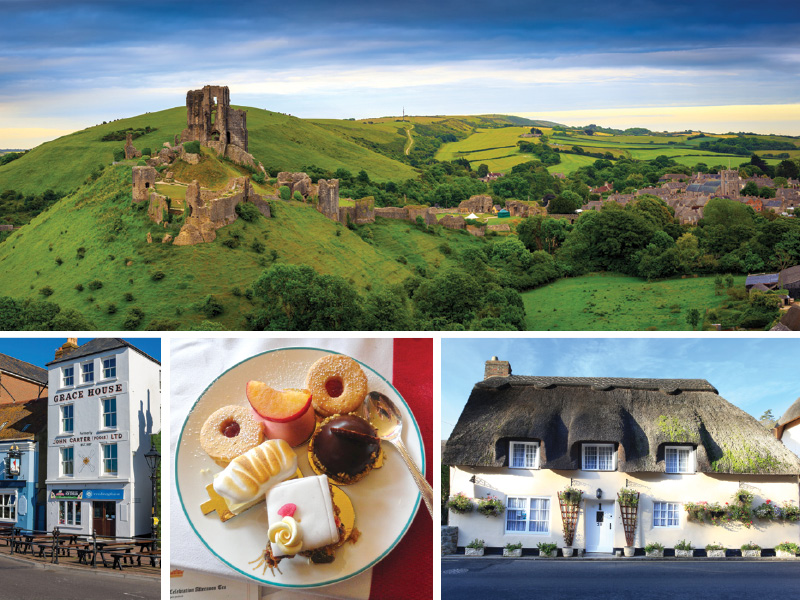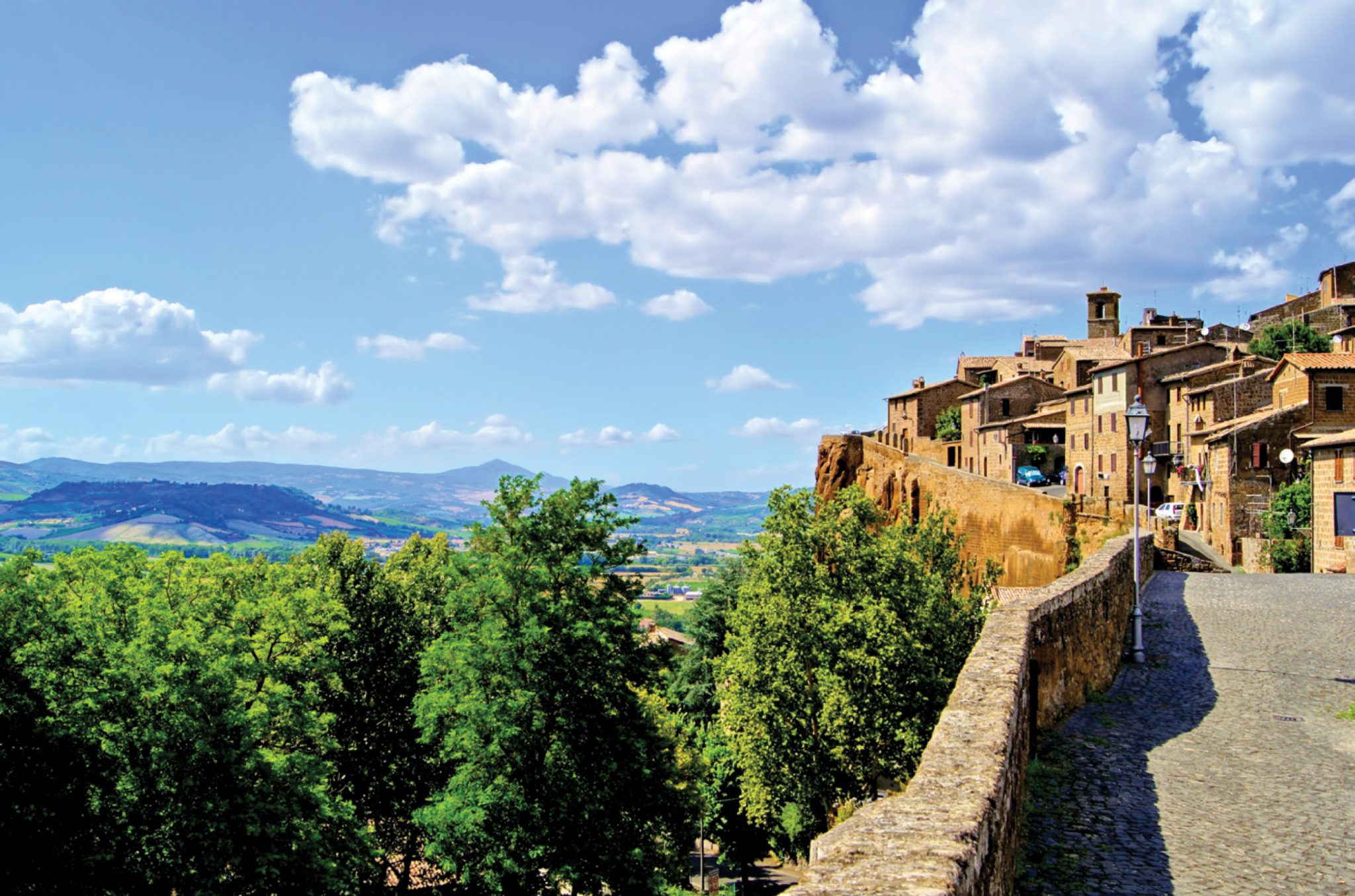Why do people visit the Arctic—isn’t it cold up there? And isolated? Well, yes and yes. But those are among the very reasons they go. Where else can they get close enough to a beluga whale to hear it exhale? Or stand at the very top of the European continent? Or see the sun glistening over the Arctic Ocean at midnight?
The Arctic Circle, technically the area above 66 degrees latitude, has its own rhythm of life. For travelers, especially those who have ‘been there and done that,’ there is something undeniably alluring about experiencing this largely un-touristed region. Our White Sea Expedition, run by the luxurious Silversea cruise line, hugged the northern coast of Norway, where it reaches up over Sweden and Finland, gliding east into Russian waters and stopping at remote fishing villages along the way. This was not the polar Arctic of Roald Amundsen and Frijold Nansen—no polar bears or ice floes here. And if you’re looking for museums or gourmet dining, look elsewhere (unless you consider reindeer meat a delicacy).
Yet it has its own appeal, a quieter, more cerebral allure you get from seeing a part of our planet that tourists rarely visit. There are indigenous people you’ve never heard of and cities like Murmansk, with barely recognizable names but plenty of historical significance. Life here is very different from our own, offering memories that well-heeled travelers won’t soon forget. Then there’s the ‘expedition’ aspect, which promises adventures like hikes in the tundra, tracking bird colonies along the cliffs and bobbing in the ocean on a Zodiac in search of whales.
An impressive lineup of experts accompanied us onboard—ornithologists, historians, a geologist, a botonist and a marine biologist—to enhance the experience with lectures like, The Giant Squid—Stuff of Legends and The Vikings, Raiders or Traders? So when we weren’t out ‘in the field,’ we were on Deck 6, in the theater hearing about what we just saw or were about to see tomorrow. Alternatively, the less academically inclined could enjoy coffee, wine and/or room service in their suites if they chose. Or dip into the hot tubs, if only to say they sat in a hot tub overlooking the Arctic Ocean. We may have been in the middle of nowhere, but we were still on one of the toniest cruise lines in the world, where your every wish is someone’s command. The rugged aspects of our expedition were tempered by the place we called home for two weeks: the Silver Explorer, a ship where once you emerge from a Zodiac in the foggy mist of the Barents Sea, you might find tea and scones in your suite and a hot bubble bath. The ship’s 130-passenger maximum is serviced by no fewer than 117 crew.
Except for one day at sea, each of our 13 days included some kind of excursion. Like the morning we spent touring the first nuclear-powered icebreaker, The Lenin (or Leenyen, as our Russian guide called it). It was fascinating to have our run of the Soviet-era ship—not quite a run, more of a closely guided tour, given the two Russian guides escorting us and the Russian Tourist Bureau staffer who accompanied our ship while it was in Russian waters.
The retired Lenin was beautifully outfitted, with polished birch everywhere and heavy brass fittings. There was an officers’ dining room with a grand piano and a smoking lounge. Moored in the major shipping port of Murmansk (pop. 307,000), the hulking ship had been used to break ice floes in the Arctic and keep shipping lanes open. Vintage 1960s photos line its walls depicting uniformed glitterati of the era, including visiting VIPs like cosmonaut Yuri Gagarin and Fidel Castro.
Afterward, we toured Murmansk, set against a backdrop of massive concrete apartment blocks, the Soviet housing that still prevails in cities across the former USSR. Most touching was the memorial to soldiers who fell protecting Murmansk during four years of shelling. Dubbed ‘Alyosha,’ a Russian endearment, it dominates the skyline with a 139-foot-tall statue of a young soldier. Not widely known to us, Murmansk was one of the most-bombed cities of World War II. Its strategic location as a transit point for supplies entering the Soviet Union from the Allies made the Nazis determined to capture it, but the Russians held them at bay.
Putting our two ornithologists to good use were our outings to view bird colonies on the Gjevaerastappan Islands in Norway, where we bobbed in the Arctic Ocean for hours, binoculars and cameras in hand. We saw kittiwakes, cormorants, guillemots, gannets, puffins and more nesting in the cliffs—and white-tailed eagles soaring above them waiting for an opportunity to snatch chicks and eggs. Was it cold? Not if you followed Silversea’s ‘Welcome Onboard’ packing list, which advised SmartWool long underwear and socks, knee-high wellies, down puffers and layers of polar fleece. Let me just say that without my Gortex gloves and earflap hat, those Zodiac outings could have gone south very quickly.
Chapoma, Dvorovaya, Pyalitsa, Zayatskiy, Lodeynaya—after a while the Russian fishing villages we visited just ran together. But Teriberka Bay, situated on an inlet of the Teriberka River, is one that stood out. We strolled around the tiny community of abandoned wooden homes and fishing boats, where generators provided the only electricity and each home has an outhouse. A new project has been undertaken here to attract weekend sport fishermen to tiny modern wooden huts, each with a coveted toilet. A ‘visitor’s center’—nothing more than a room on stilts—offers the huts for rent at $20 a night; for another $20, you can get three meals a day—including reindeer sandwiches. Nearby Teriberka city was immortalized by the Golden Globe-awarded film Leviathan (2015), which captures the desolation of Arctic Russian life and the futility of battling authority, termed vlast in Russia.
Traveling back in time a few days later, the island outpost of Solovetsky in the White Sea gave us a crash course in Russian history via its most prominent feature, the 15th-century Solovetsky Monastery. A walled fortress of thick turrets and onion domes, it was an economic and political force in the 16th century, when 350 monks lived there, along with 700 peasants who served them. In later years, it became a place of exile for political and religious opponents. It was thought that after a period of reflection in its dungeon-like cells, these reprobates might reform, explained our guide, Anastasia. It’s doubtful Josef Stalin had reform in mind when he turned the island into one of his infamous gulags. We toured the cave-like rooms (where six monks would live together at a time, sleeping on the bare wooden pallets or the stone floor) and grasped in an instant where the term ‘monastic conditions’ came from. Now it’s home to about 10 monks in shaggy beards and floor-length black robes. They “prefer” that all women on the island wear long skirts and head coverings, Anastasia tells us, and they openly shun our visiting group of Westerners. As we sidestep plaster buckets and scaffolding, she tells us the monastery has been undergoing a face-lift for 20 years—and there’s still no end in sight. “It’s a government project,” she offers by way of explanation.
As for wildlife sightings—a highlight of any expedition cruise—we may have been too far south for walrus and polar bears, but we saw our fill of reindeer—which in Norway are owned by the tribal people there, the Sami—and we had the distinct thrill of seeing minke and beluga whales, both indigenous to Arctic waters. Shy by nature, the whales allowed our Zodiacs to get close enough to hear their gentle exhale—pshhhhh.
The last stop of our cruise was, appropriately, the top of Europe: Nordkapp (North Cape) in Norway, 71 degrees latitude. This is the northernmost point in Europe (that is reachable by car), and visitors from all over the world come to its 1,000-plus-foot-high cliff, where a large, walkable plateau offers breathtaking views of the Barents Sea and the midnight sun. An open globe positioned at the edge is the symbol of this universal landmark, where a visitor’s center built in 1988 has a display of Arctic wildlife, a silent film showing the Northern Lights, and the one and only gift shop we encountered on the entire 13-day cruise—a sure sign that we were about to re-enter ‘civilization.’
Photos: Marc Weiner





